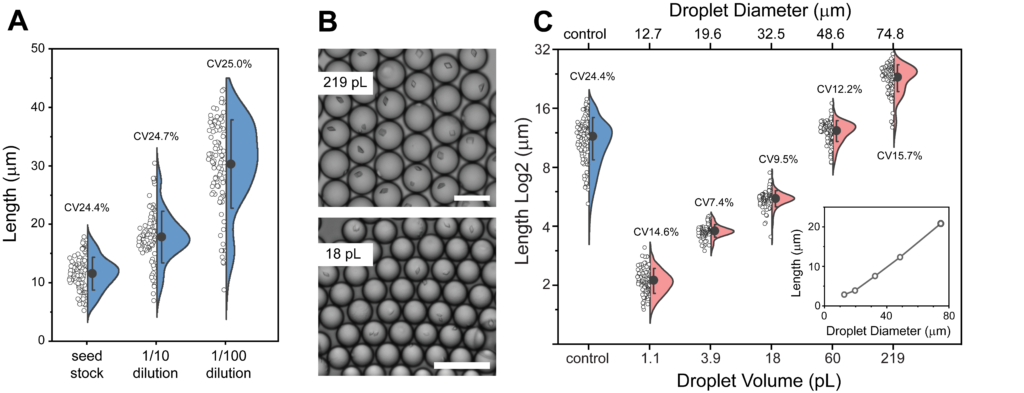Understanding how proteins move provides new insights into their function and allows the design of novel drugs to interfere with their motion. X-ray crystallography can generate protein structures with atomic resolution. However, to investigate protein dynamics, such as changes in protein shape, it is necessary to rapidly expose the proteins within the crystal to their substrates. The method, known as time-resolved serial crystallography, entails mixing protein crystals with their substrates and allowing them to incubate for specific durations before subjecting them to a powerful X-ray beam. The scattered X-rays capture a snapshot of the protein’s structure at that particular moment. This technique poses numerous challenges, such as requiring a large quantity of protein microcrystals and devising methods for rapidly mixing crystals with substrates.
In an exciting new development for the field of crystallography, researchers have addressed the problems of microcrystal mass production and rapid mixing. Their innovative approach facilitates the controlled production of uniform microcrystals which, upon rapid mixing with a substrate, allows synchronous reaction initiation. This means that X-ray snapshots of protein shape change during processes such as enzymatic substrate turnover can be captured without blurring. Core to their advance is the adoption of droplet microfluidics that enable precise control of microcrystal growth and rapid mixing. The implications of this research extend beyond the laboratory, with potential applications in drug discovery and the design of novel drugs targeting protein dynamics. By disseminating these cutting-edge methods to the time-resolved crystallography community, the researchers aim to greatly extend our understanding of how proteins move and how this defines biological function.
The research was undertaken by a multidisciplinary team involving Jack Stubbs (University of Southampton and Diamond Light Source, 3rd Year SoCoBio Industry Co-funded student), Theo Hornsey (University of Southampton, 2nd Year SoCoBio Industry Co-funded student), Jonathan West (University of Southampton), Ivo Tews (University of Southampton), Allen Orville (Diamond Light Source, University of Oxford), and Patrick Shaw Stewart (Douglas Instruments), and highlights the power of droplet microfluidics for time-resolved serial crystallography. The research is now published in the International Union of Crystallography Journal (https://doi.org/10.1107/S2052252524001799).
For more information, please contact Jack Stubbs (jrs1u21@soton.ac.uk)

